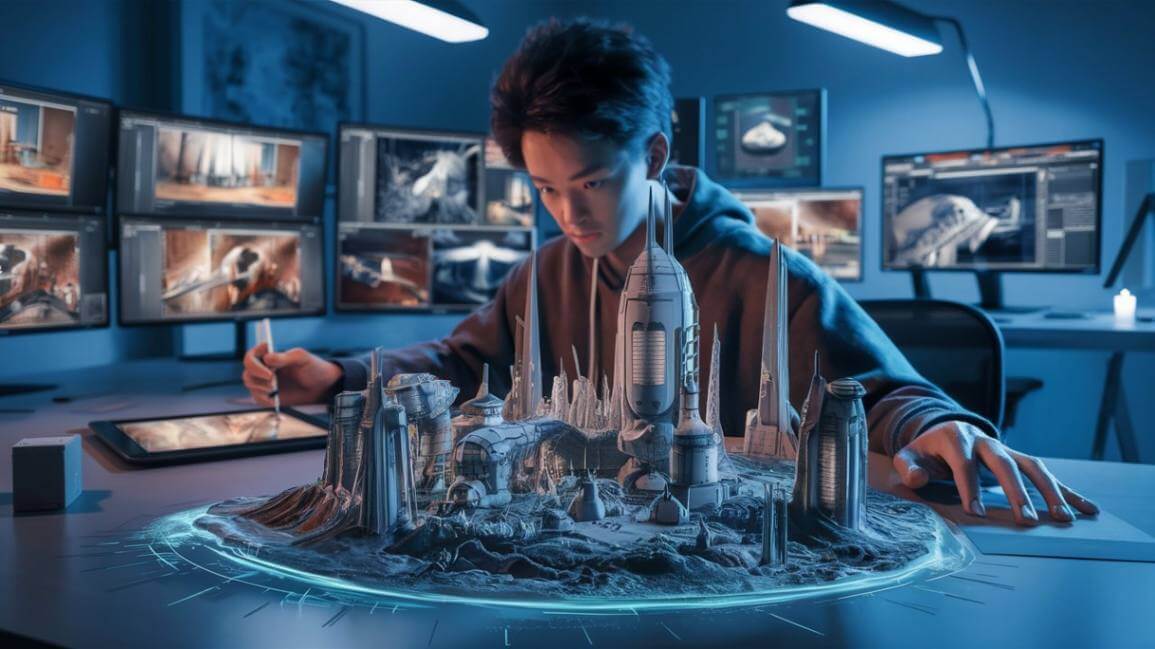The Evolution of Gaming: From Pixels to Virtual Reality
Introduction
Gaming has come a long way since the days of Pong and Space Invaders. From their pixelated origins on clunky old arcade machines, gaming has become rich, realistic experiences that are more and more indistinguishable from reality itself. League of Legends and Cyberpunk 2077 are typical representations of the world today, with gaming exposing the breathtaking abilities of modern technology. But how did the world get to this point? Let us take a tour of gaming history and notice how technology is transforming the mode of playing.
The Early Days: Pixels and Arcades
Throughout the 70s and 80s, gameplay was all about simplicity. Simple 2D graphics and plain gameplay were employed in Pong and Pac-Man. These games were easy to learn and play, and therefore became incredibly popular in arcades and early home consoles like the Atari 2600. Back then, the term "graphics card" did not even exist—games were powered by basic hardware that could only render a handful of colors and shapes.

The Rise of 3D Graphics
The 1990s marked a turning point in gaming with the introduction of 3D graphics. Consoles like the Sony PlayStation and Nintendo 64 brought games like Super Mario 64 and Final Fantasy VII to life, offering players a new level of immersion. This era also saw the rise of GPUs, specialized hardware designed to handle complex visuals. GPUs allowed developers to create more detailed environments, realistic characters, and dynamic lighting effects, paving the way for modern gaming.
The Internet Revolution: Online Gaming
The late 1990s and early 2000s brought another major shift: the rise of online gaming. With the advent of the internet, players could connect with others around the world, leading to the birth of multiplayer games like Counter-Strike, World of Warcraft, and League of Legends. Online gaming not only changed how we play but also how we socialize, creating communities and friendships that transcend geographical boundaries.
The Modern Era: High-Definition and Beyond
Today, gaming is more advanced than ever. High-definition graphics, 4K resolutions, and ray tracing technology have made games visually stunning. Titles like Retro Exodus and Red Dead Redemption 2 are praised for their cinematic quality, jaw-dropping visual fidelity with lifelike characters and breathtaking landscapes. Meanwhile, VR, with Beat Saber as an example, and AR technology will, or have taken the immersive experiences to the next level, allowing players to step inside their favorite games and interact with virtual worlds in ways that were once unimaginable.

The Future of Gaming:
So, what’s next for gaming? The future looks incredibly exciting. Technologies like cloud gaming, like Google Stadia and Xbox Cloud Gaming are making it possible to play high-quality games on any device, without the need for expensive hardware. Meanwhile, advancements in AI are creating smarter, more realistic NPCsand dynamic game worlds that adapt to player behavior. And let’s not forget the potential of quantum computing, which could revolutionize game development and performance in ways we can’t yet imagine.
Conclusion
To conclude, gaming isn’t just about entertainment—it’s a cultural phenomenon that brings people together, sparks creativity, and pushes the boundaries of technology. Whether you’re a casual player or a hardcore gamer, understanding the history and technology behind gaming can deepen your appreciation for this incredible medium. So, the next time you boot up your favorite game, take a moment to reflect on how far we’ve come—and get excited for where we’re headed next.
